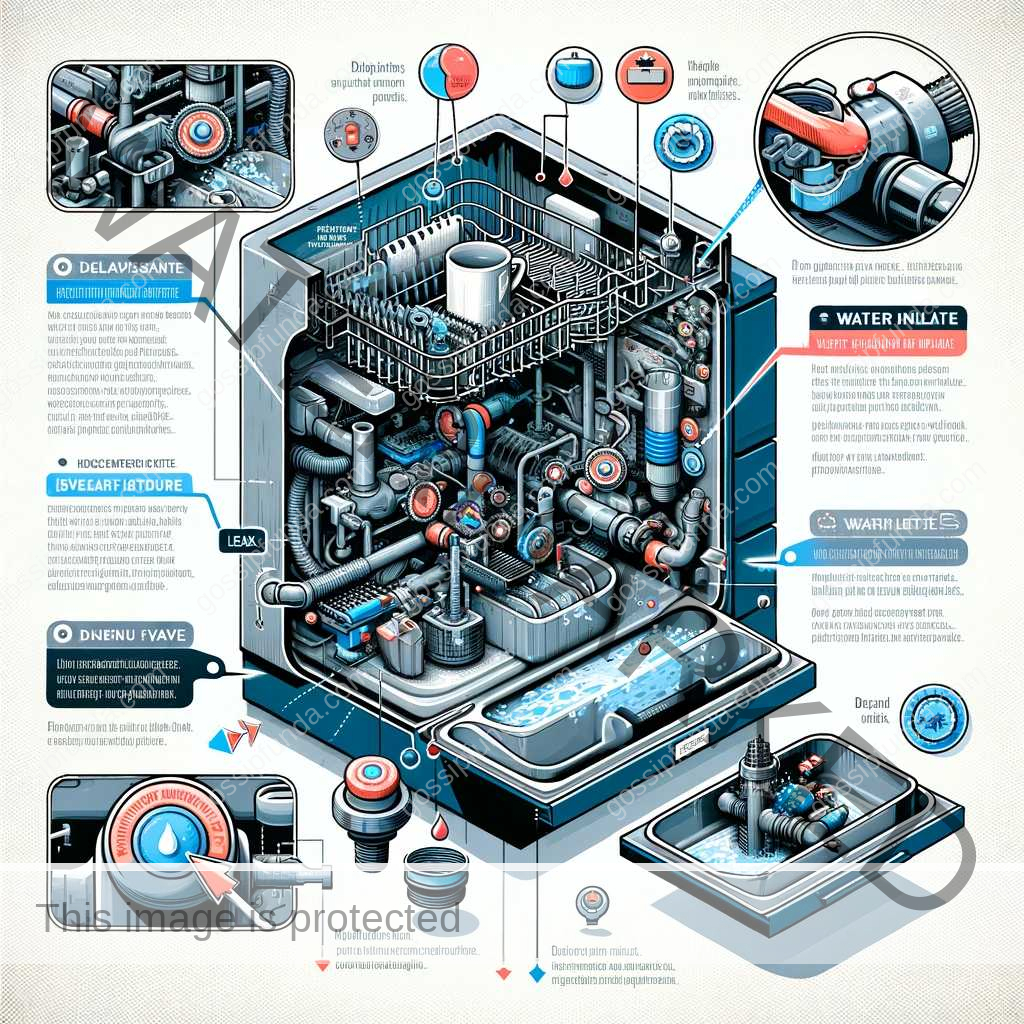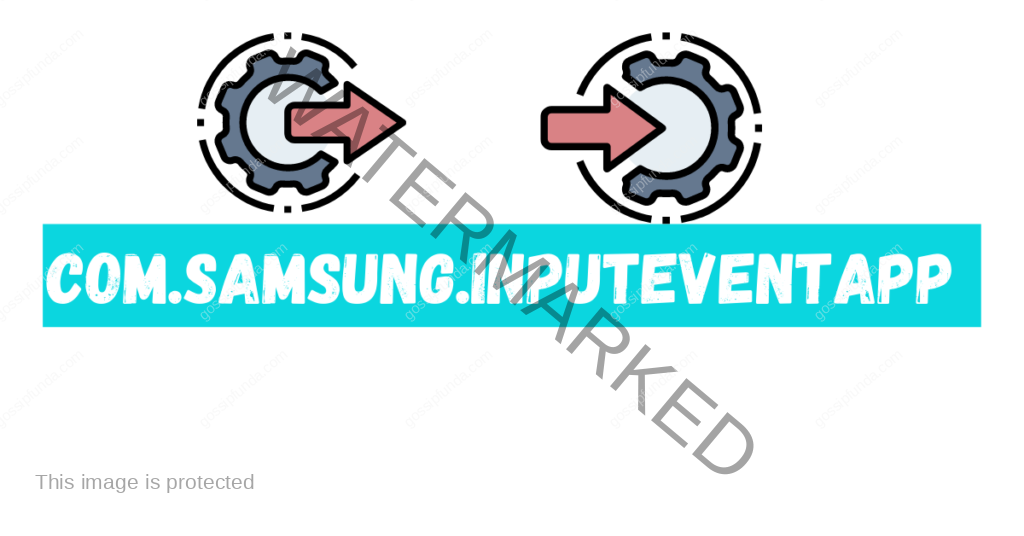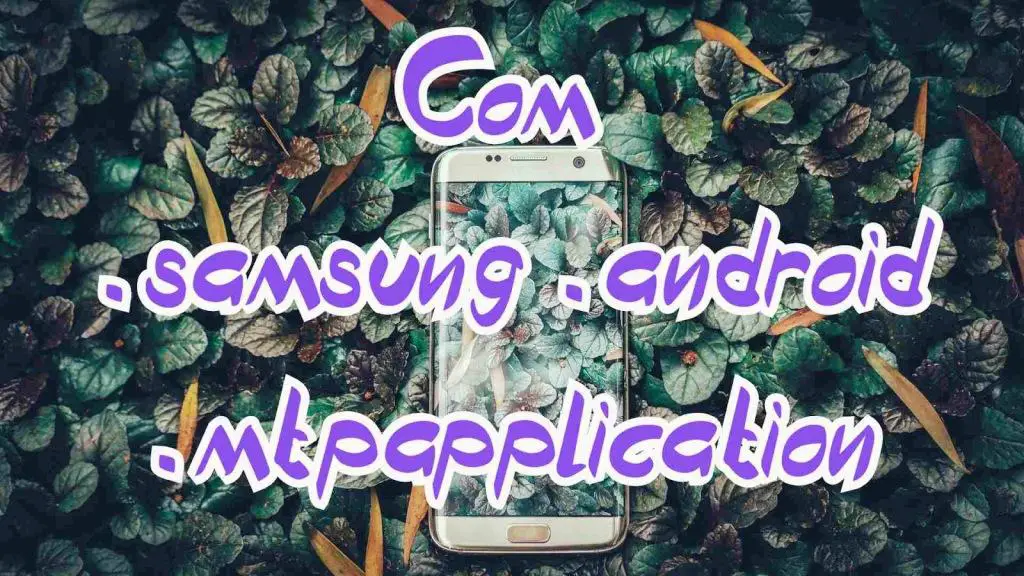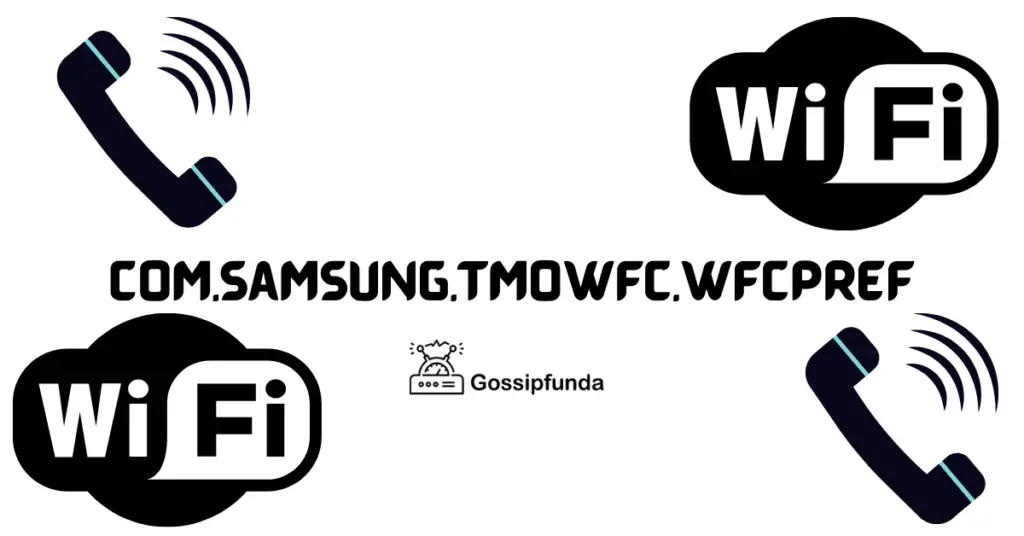A Samsung dishwasher can be a valuable addition to any modern kitchen, making dishwashing a breeze. However, encountering an error code like 4C can quickly put a damper on your convenience. The 4C error is a common issue that many Samsung dishwasher owners face. In this article, we will explore the causes behind the 4C error and provide you with effective solutions to fix it. By following the step-by-step procedures outlined below, you’ll be able to resolve the 4C error and ensure a smooth functioning dishwasher.
Understanding the 4C Error
The 4C error code on your Samsung dishwasher typically indicates a water supply problem. It means that the dishwasher is not getting enough water or is experiencing issues with water flow. When this error occurs, your dishwasher may fail to start or stop midway through a cycle. Now, let’s delve into the possible causes of this error and explore the corresponding fixes.

How to fix Samsung dishwasher 4c error
There are several methods to fix Washing error:
1: Insufficient Water Supply
One of the primary reasons for the 4C error is insufficient water supply to your Samsung dishwasher. When the dishwasher doesn’t receive an adequate amount of water, it fails to operate optimally. This problem can stem from a few potential sources:
- Closed Water Valve: A partially closed or completely closed water valve can restrict the flow of water to your dishwasher, leading to the 4C error. Ensure that the water valve is fully open.
- Clogged Water Line: Over time, mineral deposits, debris, or even small food particles can accumulate in the water line, obstructing the water flow. Clearing any blockages from the water line can help resolve the 4C error.
- Low Water Pressure: Insufficient water pressure can impede the smooth functioning of your dishwasher. If the water pressure is below the recommended level (usually between 20-120 psi), it can trigger the 4C error. Contact a professional plumber to assess and rectify the water pressure issue.

2: Faulty Water Inlet Valve
Another common culprit behind the 4C error is a faulty water inlet valve. The water inlet valve is responsible for regulating the water flow into the dishwasher. When this valve malfunctions or becomes clogged, it can disrupt the water supply, resulting in the 4C error. Here are some reasons behind a faulty water inlet valve:
- Damage or Blockage: The water inlet valve may sustain damage over time or become clogged with mineral deposits and debris. Such obstructions hinder the proper functioning of the valve and lead to the 4C error.
- Worn-out Valve Components: The internal components of the water inlet valve can wear out or deteriorate, affecting its ability to control the water flow accurately. As a result, the dishwasher may not receive the required amount of water.

3: Malfunctioning Water Level Sensor
The water level sensor, also known as the pressure switch, is a vital component that ensures the dishwasher operates with the appropriate water level for each cycle. A malfunctioning sensor can trigger the 4C error. Some reasons for a malfunctioning water level sensor include:
- Sensor Continuity: If the water level sensor fails to register continuity, it indicates a problem with its functionality. A faulty sensor can inaccurately detect water levels or fail to detect them altogether, causing the 4C error.
- Electrical or Mechanical Issues: Electrical faults or mechanical problems within the water level sensor can compromise its ability to communicate accurate water level information to the dishwasher’s control panel.
4: Check the Water Inlet Hose and Filter
If you are still encountering the 4C error on your Samsung dishwasher, it is worth checking the water inlet hose and filter for any potential issues. Follow these steps to fix the problem:
- Turn Off the Power: As a safety precaution, disconnect the dishwasher from the power source. Locate the dishwasher’s power cord and unplug it from the outlet.
- Inspect the Water Inlet Hose: Examine the water inlet hose that connects your dishwasher to the water supply. Look for any kinks, twists, or damage that may restrict the water flow. Straighten any kinks or twists in the hose to ensure a smooth water supply.
- Check for Clogs in the Hose: Inspect the water inlet hose for any clogs or blockages. Disconnect the hose from the dishwasher and the water supply valve. Use a flashlight to examine both ends of the hose. If you find any debris or mineral deposits, clean the hose thoroughly using a brush and running water. Ensure that the hose is completely clear before reattaching it.
- Clean the Water Inlet Filter: Some Samsung dishwashers are equipped with a water inlet filter. Locate the filter, usually positioned at the back of the dishwasher, near the water inlet valve. Remove the filter and rinse it under running water to remove any accumulated debris or sediment. Clean the filter thoroughly, ensuring it is free from any clogs, and reinstall it securely.
- Reassemble and Test: After inspecting and cleaning the water inlet hose and filter, reassemble any components that were removed during the process. Reconnect the power supply to the dishwasher. Run a test cycle to confirm that the 4C error has been resolved and the dishwasher is functioning correctly.
Read more: Samsung account keeps stopping
Remember to always refer to your dishwasher’s manual for specific instructions and safety guidelines.
5: Verify the Water Pressure Switch
If you’re still facing the 4C error on your Samsung dishwasher, it’s essential to verify the water pressure switch. Follow these steps to fix the issue:
- Turn Off the Power: Start by disconnecting the dishwasher from the power source. Locate the power cord and unplug it from the outlet to ensure your safety during the repair process.
- Locate the Water Pressure Switch: The water pressure switch is typically located near the water inlet valve or control panel of your dishwasher. Refer to your dishwasher’s manual or manufacturer’s documentation to find the exact location of the switch.
- Inspect the Switch for Damage: Carefully examine the water pressure switch for any visible signs of damage, such as cracks or loose connections. If you notice any damage, the switch may need to be replaced.
- Check the Hose Connections: The water pressure switch is connected to a small hose that carries air pressure from the dishwasher’s tub. Ensure that the hose is securely attached to both the switch and the tub. If there are any loose connections or leaks, reattach the hose tightly or replace it if necessary.
- Test the Water Pressure Switch: Using a multimeter set to the appropriate setting, test the water pressure switch for continuity. Disconnect the wires from the switch and place the multimeter probes on the terminals. If the switch does not show continuity, it may be faulty and should be replaced.
- Replace the Water Pressure Switch (if necessary): If the water pressure switch fails the continuity test or shows other signs of malfunction, it’s advisable to replace it. Purchase a compatible replacement switch from an appliance store or through Samsung’s authorized service centers. Follow the instructions provided in your dishwasher’s manual to properly install the new switch.
- Reassemble and Test: After replacing the water pressure switch or performing any necessary repairs, reassemble any components that were removed during the process. Reconnect the power supply to the dishwasher. Run a test cycle to ensure that the 4C error is resolved and the dishwasher is functioning correctly.
Note: If none of the above solution is working for you then you need to call Samsung support team.
Conclusion
The 4C error in Samsung dishwashers, often caused by issues like inadequate water supply, a defective water inlet valve, or a faulty water level sensor, can be resolved by following the detailed steps provided. Consult the manual for specific guidance and safety measures. If the problem continues or you’re hesitant about DIY repairs, consider professional help or contact Samsung’s customer support for a smooth resolution.
Prachi Mishra is a talented Digital Marketer and Technical Content Writer with a passion for creating impactful content and optimizing it for online platforms. With a strong background in marketing and a deep understanding of SEO and digital marketing strategies, Prachi has helped several businesses increase their online visibility and drive more traffic to their websites.
As a technical content writer, Prachi has extensive experience in creating engaging and informative content for a range of industries, including technology, finance, healthcare, and more. Her ability to simplify complex concepts and present them in a clear and concise manner has made her a valuable asset to her clients.
Prachi is a self-motivated and goal-oriented professional who is committed to delivering high-quality work that exceeds her clients’ expectations. She has a keen eye for detail and is always willing to go the extra mile to ensure that her work is accurate, informative, and engaging.


